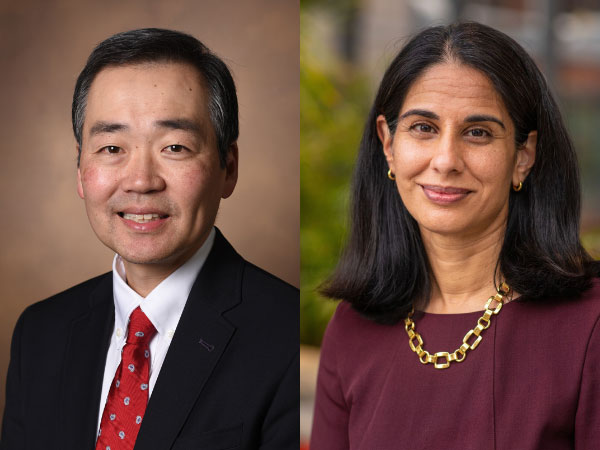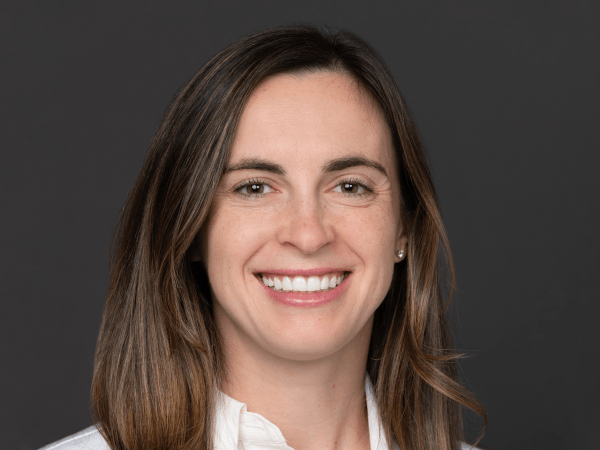Shortly after Craig Jordan finished his PhD in the 1970s, he was invited by Michael Harper to work at the Worcester Foundation, the “home of the oral contraceptive.”
Jordan arrived only to find that Harper had left for Geneva, leaving the recent graduate on his own. “I don’t know anything!” Jordan, professor of breast medical oncology as well as molecular and cellular oncology at MD Anderson Cancer Center, said at the time.
Harper was the co-patent holder of ICI’s experimental drug 46,474, which had failed as an oral contraceptive.
So, Jordan decided to work with what he had.
“‘Why don’t we turn ICI 46,474 into a breast cancer drug?’ There’s been one publication on that and it shows it’s as good as estrogen,” Jordan, who is also a member of the U.S. National Academy of Sciences and the National Academy of Medicine and an honorary fellow of the Royal Society of Medicine, said.
ICI 46,474 would later come to become known as tamoxifen, and Jordan’s work would change the face of breast cancer prevention and treatment for the next 30 years.
Recently, Jordan published a scientific memoir, “Tamoxifen Tales: Suggestions for Scientific Survival” (The Cancer Letter, May 27, 2022).
Jordan’s early animal studies with tamoxifen showed promise, and his career gained speed as he presented these results around the country. Jordan’s animal studies also showed that cancer in rats was hormone-dependent.
“You could take the ovaries out, the tumors would regress, you could take the ovaries out, put the carcinogen in, then they wouldn’t get tumors, because you needed estrogen to do that,” he said.
“So, I did studies on prevention for the first time, and did the first presentations at international meetings on that. What if we could prevent breast cancer? They hadn’t invented prevention at that time. So, you’re talking to a brick wall,” Jordan said. “Prevent breast cancer? Oh God, here comes Craig Jordan talking about tamoxifen again. Pretend you haven’t seen him.”
As his success grew, Jordan began establishing his “tamoxifen teams,” groups of young scientists who were trained by Jordan to perform experiments with tamoxifen—groups that later moved on and changed the understanding of biology in multiple institutions.
Jordan continues to advocate for young scientists. “The real philosophy is that young people have potential that is never realized because they’re in hostile environments with bad bosses. If you’ve got a bad boss, get out of there. He’s never going to change.”
Jordan’s career was varied. He had the opportunity to meet Diana the Princess of Wales when she attended a symposium at Northwestern University, while Jordan was the head of the breast cancer program at the Robert H. Lurie Cancer Center (The Cancer Letter, Feb. 5, 2021). After this meeting, Jordan kept up a correspondence with the princess, and after her passing was named the inaugural Diana Princess of Wales Professor of Cancer Research.
“I proudly held that title before other titles that I got in other universities.”
Jordan’s list of honors is extensive, and it includes the 2008 David A. Karnofsky Award lecture.
Thirty-eight years earlier, Jordan attended Sir Alexander Haddow’s inaugural 1970 Karnofsky lecture, in which Haddow noted that the tumors in some postmenopausal women who were treated with high-dose estrogen “melted away.”
“Haddow, in his Karnofsky lecture, said, ‘It’s really sad, because nobody’s particularly interested in finding out why this happens. It’s a very important observation for a few patients, but it’s not enough to make a difference,’” Jordan said.
“So, when I won my Karnofsky Lecture years later, I basically dedicated it to Alexander Haddow, and said, ‘We figured it out. We know why that happens.’”
Jordan credits his extensive, even photographic, knowledge of the scientific literature as a major factor for his success.
“You can make discoveries when you’re not anticipating them, you’ve just got to keep awake during the experiment to be able to say, ‘Now I understand something strange is going on.’ Let’s just go back in history.”
Jordan spoke with Alexandria Carolan, associate editor of the Cancer History Project.










